
Interview with Antonio M. Folch Torres by Edmee Cappas
August of 2008 in San Juan, Puerto Rico
It’s early afternoon, with a piragua in hand I watch as a crowd begins to gather around and page after page they are captured by the surrealism of Antonio M. Folch Torres. Patiently I wait for the crowd to thin out but standing there I hear words of innovative, modern designs, cultural wonders and my favorite, fantasy realized.
Anthony, a second year student at Escuela Arte Plástica is one of many vendors in the Old San Juan sector of Puerto Rico. At an early age of 10 he found himself on a journey trying to seek a style he can call his own. Inspired by the works of Matisse, Dahli, Picasso, Rafael Tufino and Heriberto Gonzalez Sanchez, he found his way to his own artistic destiny. Antonio displays a modern edge to his cultural ties of the past, weaving in African and Taino inspirations through new age technology.
The graphic designs are bold in color intertwining symbols of his past. His expressions of the island’s history are given a new facelift that appeals to the very young as well as the not so young. To the novice, he explains in detail how the Puerto Rican flag alongside the flag of Lares is instrumental to our history and anchors it to the Taino symbol for the sun, most notably identified as Sol de Jayuya, he expresses how our past is coming alive from the pages of a book. Musical instruments are interlaced with the faces of African decent under the Taino sun showing evidence of his inventive approach he calls his own. He feels it’s important to keep the generation connected and if he can do that through his art he feels complete. His designs range from simplistic to a valiant futuristic twist of awe and to this day he claims that each piece keeps him wondering how he was able to bring alive that imagery to portray his message.
One perspective that Antonio M. Folch wanted to share was his innovative approach to bringing the islands culture to the present, connecting the generations. He expresses how every piece is new to him as he approaches history with a fresh perspective applying a new method that appeals to a vast number of locals as well as tourist.
Anthony M Folch has a web site where you can see his artwork which can be purchased on canvas, in poster as well as on T-Shirts at his website The World of Bagua Boriken at http://baguaboriken.com/ but due to the inconsistencies of Internet on the island he welcomes your viewing his work then phone your order in at
787-717-3564
Escuela de Artes Plásticas de Puerto RicoBarrio Ballaja Campo Del MorroSan Juan, PR 00902-1112p. 787-729-0007 Escuela de Artes Plásticas de Puerto Rico is unique in its study options. Furthermore, it is part of an urban setting, large city (250,000 – 499,999) and Commuter campus. The school’s size is approximately three hundred and forty-one degree-seeking undergrads and fifty-nine first-time degree-seeking freshmen. Escuela de Artes Plásticas de Puerto Rico offers Bachelor’s degrees. In addition, the student body consists of seven percent part-time students, thirty-four percent women, sixty-six percent men and one hundred percent Hispanic.
August of 2008 in San Juan, Puerto Rico
It’s early afternoon, with a piragua in hand I watch as a crowd begins to gather around and page after page they are captured by the surrealism of Antonio M. Folch Torres. Patiently I wait for the crowd to thin out but standing there I hear words of innovative, modern designs, cultural wonders and my favorite, fantasy realized.
Anthony, a second year student at Escuela Arte Plástica is one of many vendors in the Old San Juan sector of Puerto Rico. At an early age of 10 he found himself on a journey trying to seek a style he can call his own. Inspired by the works of Matisse, Dahli, Picasso, Rafael Tufino and Heriberto Gonzalez Sanchez, he found his way to his own artistic destiny. Antonio displays a modern edge to his cultural ties of the past, weaving in African and Taino inspirations through new age technology.
The graphic designs are bold in color intertwining symbols of his past. His expressions of the island’s history are given a new facelift that appeals to the very young as well as the not so young. To the novice, he explains in detail how the Puerto Rican flag alongside the flag of Lares is instrumental to our history and anchors it to the Taino symbol for the sun, most notably identified as Sol de Jayuya, he expresses how our past is coming alive from the pages of a book. Musical instruments are interlaced with the faces of African decent under the Taino sun showing evidence of his inventive approach he calls his own. He feels it’s important to keep the generation connected and if he can do that through his art he feels complete. His designs range from simplistic to a valiant futuristic twist of awe and to this day he claims that each piece keeps him wondering how he was able to bring alive that imagery to portray his message.
One perspective that Antonio M. Folch wanted to share was his innovative approach to bringing the islands culture to the present, connecting the generations. He expresses how every piece is new to him as he approaches history with a fresh perspective applying a new method that appeals to a vast number of locals as well as tourist.
Anthony M Folch has a web site where you can see his artwork which can be purchased on canvas, in poster as well as on T-Shirts at his website The World of Bagua Boriken at http://baguaboriken.com/ but due to the inconsistencies of Internet on the island he welcomes your viewing his work then phone your order in at
787-717-3564
Escuela de Artes Plásticas de Puerto RicoBarrio Ballaja Campo Del MorroSan Juan, PR 00902-1112p. 787-729-0007 Escuela de Artes Plásticas de Puerto Rico is unique in its study options. Furthermore, it is part of an urban setting, large city (250,000 – 499,999) and Commuter campus. The school’s size is approximately three hundred and forty-one degree-seeking undergrads and fifty-nine first-time degree-seeking freshmen. Escuela de Artes Plásticas de Puerto Rico offers Bachelor’s degrees. In addition, the student body consists of seven percent part-time students, thirty-four percent women, sixty-six percent men and one hundred percent Hispanic.
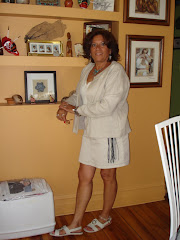
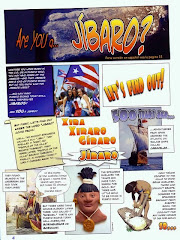




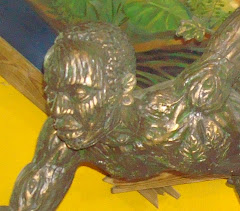





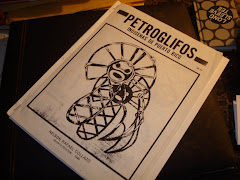



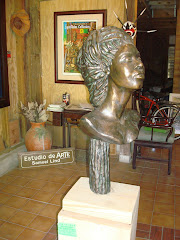
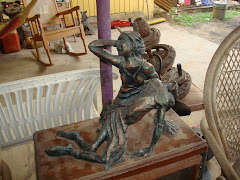

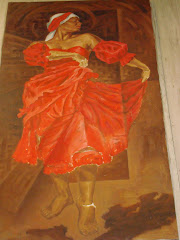
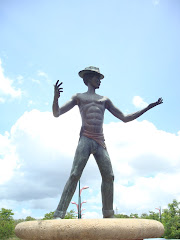
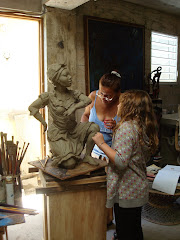

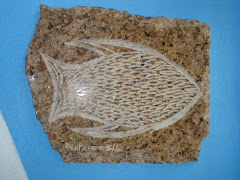
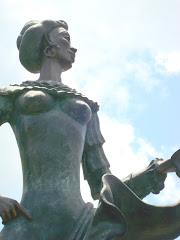
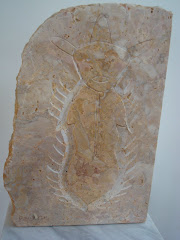


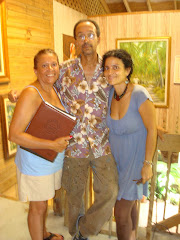


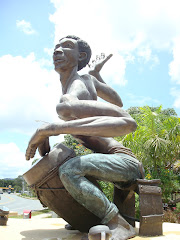
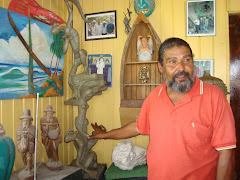

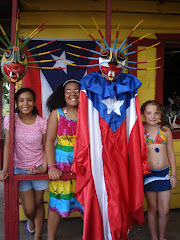


No comments:
Post a Comment